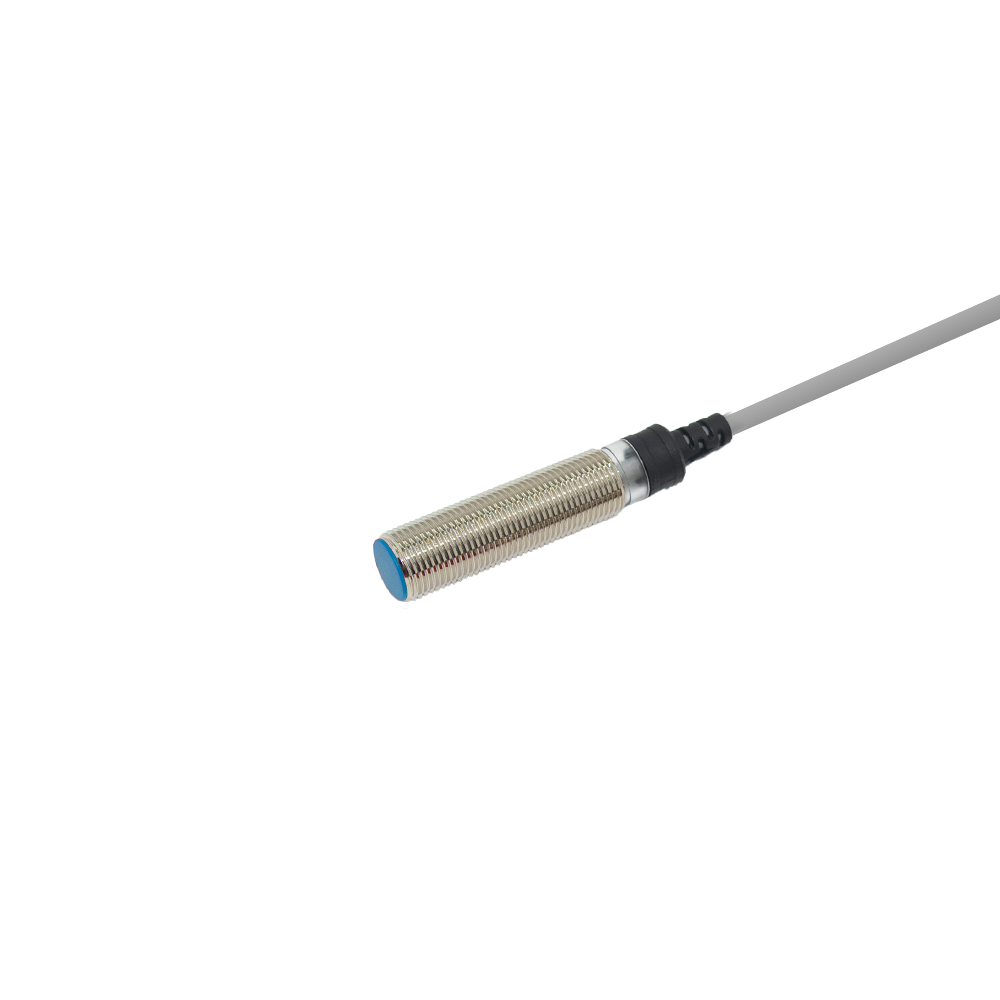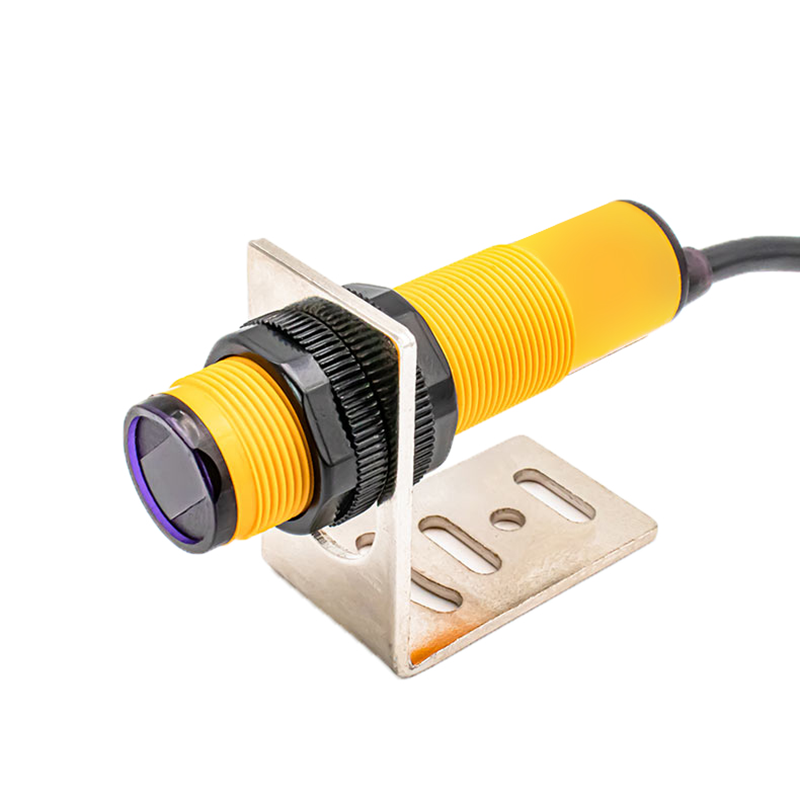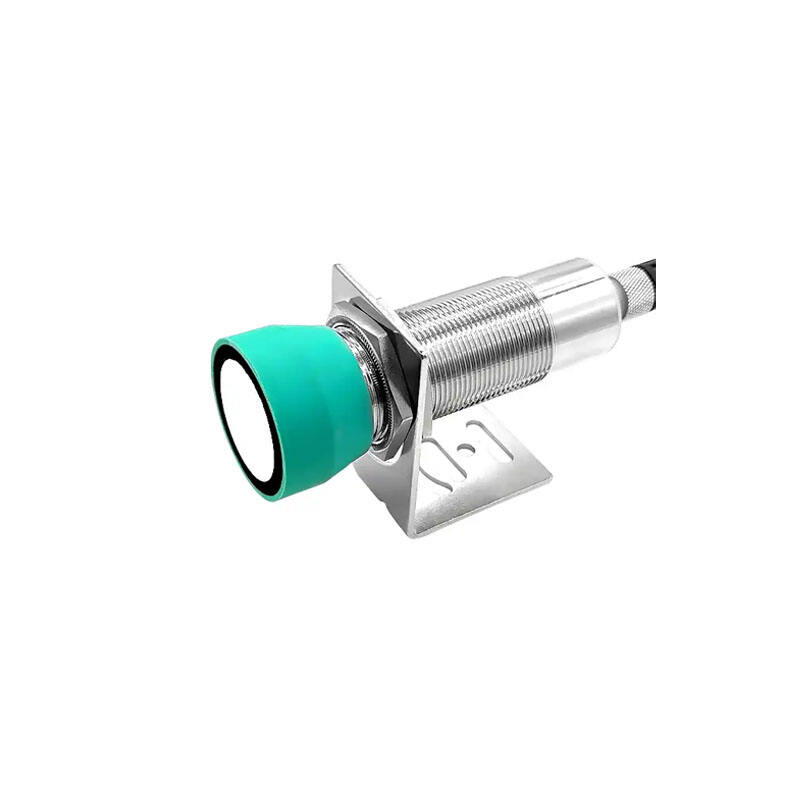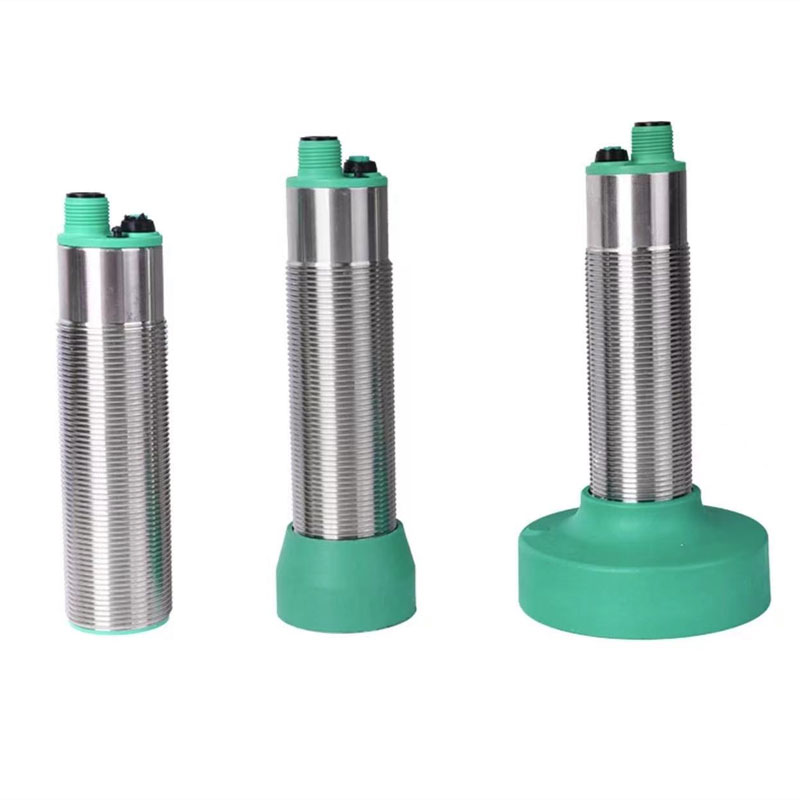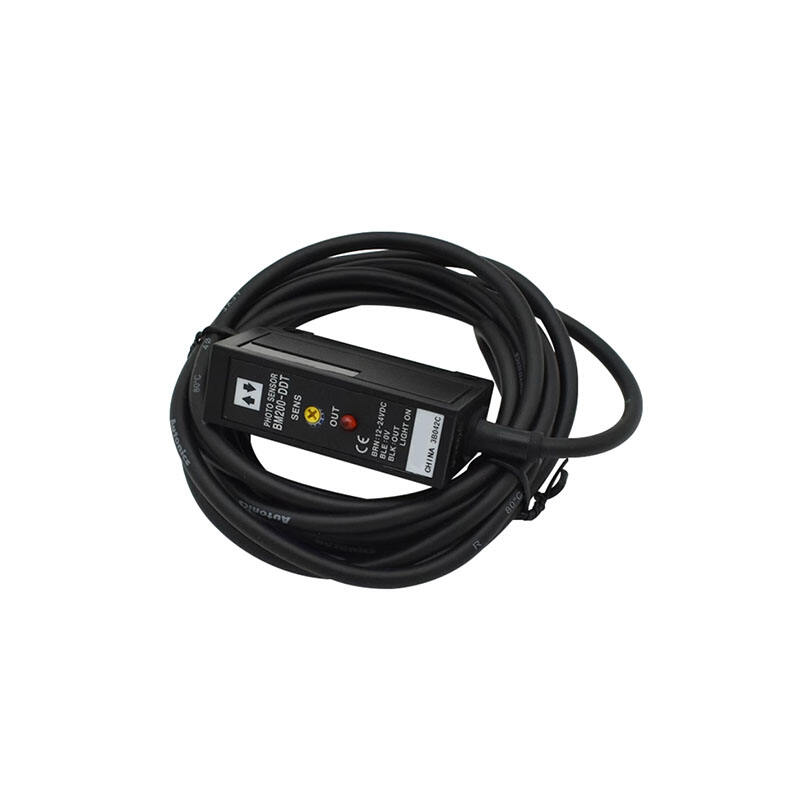dierja e sensorit induktiv afërsie
Sensorët induktivë të afërsisë përshëndesin një teknologji kryesore në automatizimin industrial modern, duke ofruar zbulim të besueshëm pa kontakt të objekteve metalike. Këto pajisje sofistikuar funksionojnë duke gjeneruar një fushë elektromagnetike dhe duke zbuluar ndryshimet në këtë fushë kur objektet metalike hyjnë në diapazonin e vëzhgimit të tyre. Teknologjia përdor oscilatorë me frekuencë të lartë, duke krijuar një fushë elektromagnetike që zgjatet nga fytyra aktive e sensorit. Kur një objekt metalik hyn në këtë fushë, në objekt indukohen rryma vorticore, çka shkakton humbje energjie në qarkun e oscilatorit. Kjo humbje energjie aktivizon daljen e sensorit të ndryshojë gjendje, duke treguar praninë e objektit. Diapazoni i vëzhgimit varion në varësi të madhësisë së sensorit dhe materialit të objektit, zakonisht zgjat nga thyesa të milimetrit deri në disa centimetra. Këta sensorë dallohen në mjediset industriale të rënda, duke ofruar qëndrueshmëri të shkëlqyer pa pjesë lëvizëse që mund të konsumohen. Ata ruajnë performancë të qëndrueshme në diapazone të gjerë temperaturash dhe rezistojnë ndaj faktorëve të ndryshëm ambientalë, përfshirë pluhurin, vajin dhe ujin, kur janë të siguruar në mënyrë të duhur. Kjo teknologji gjen zbatim të gjerë në proceset e prodhimit, sistemet e transmetimit, pajisjet e paketimit dhe linjat e montimit të automjeteve, ku zbulimi i saktë i objekteve është i thelbësishëm. Sensorët modernë induktivë të afërsisë shpesh përfshijnë veçori të avancuara si ndjeshmëri e rregullueshme, mundësi diagnostikimi dhe lloje të ndryshme dalesh për t'u përshtatur me sisteme të ndryshme kontrolli.

